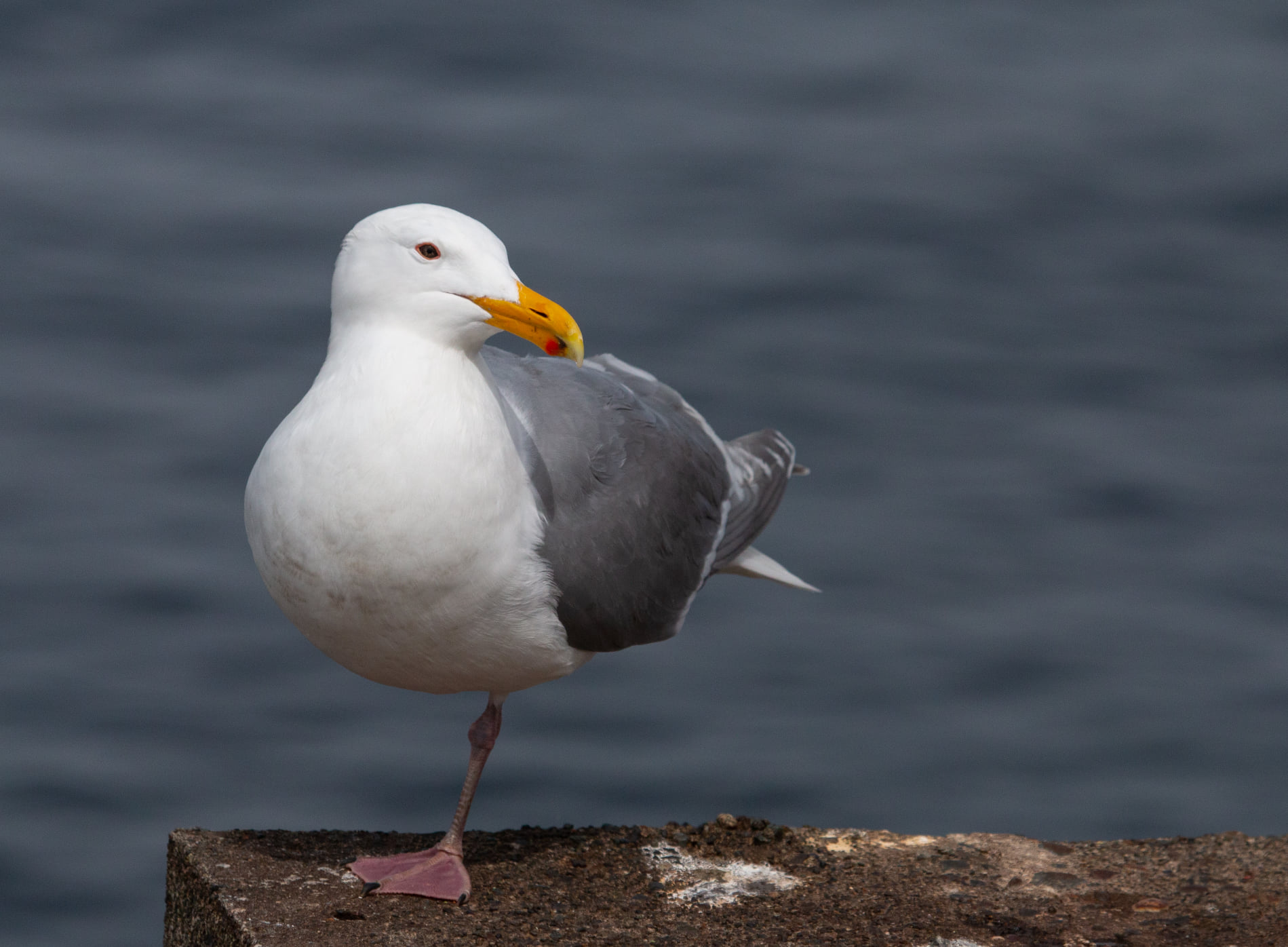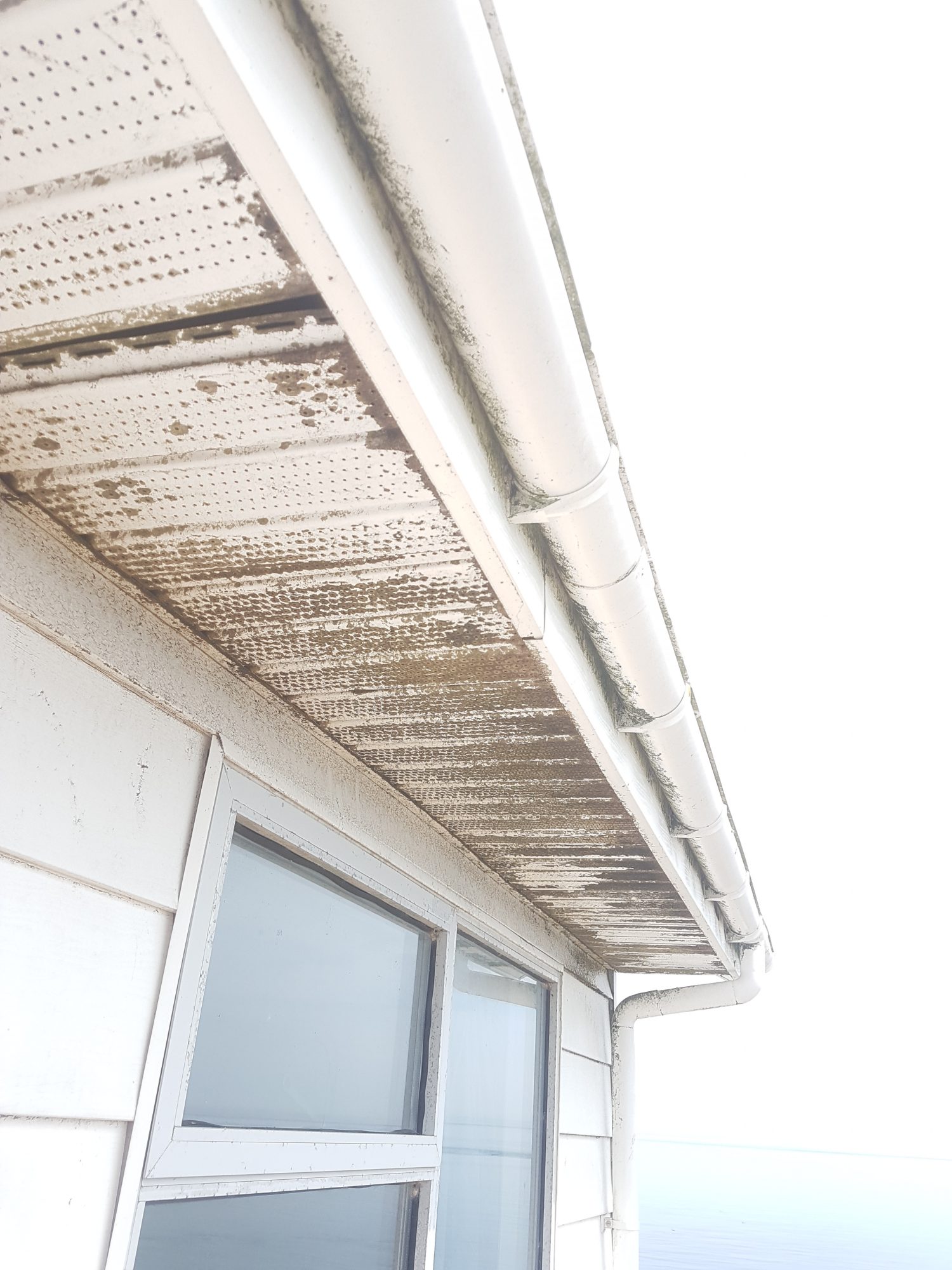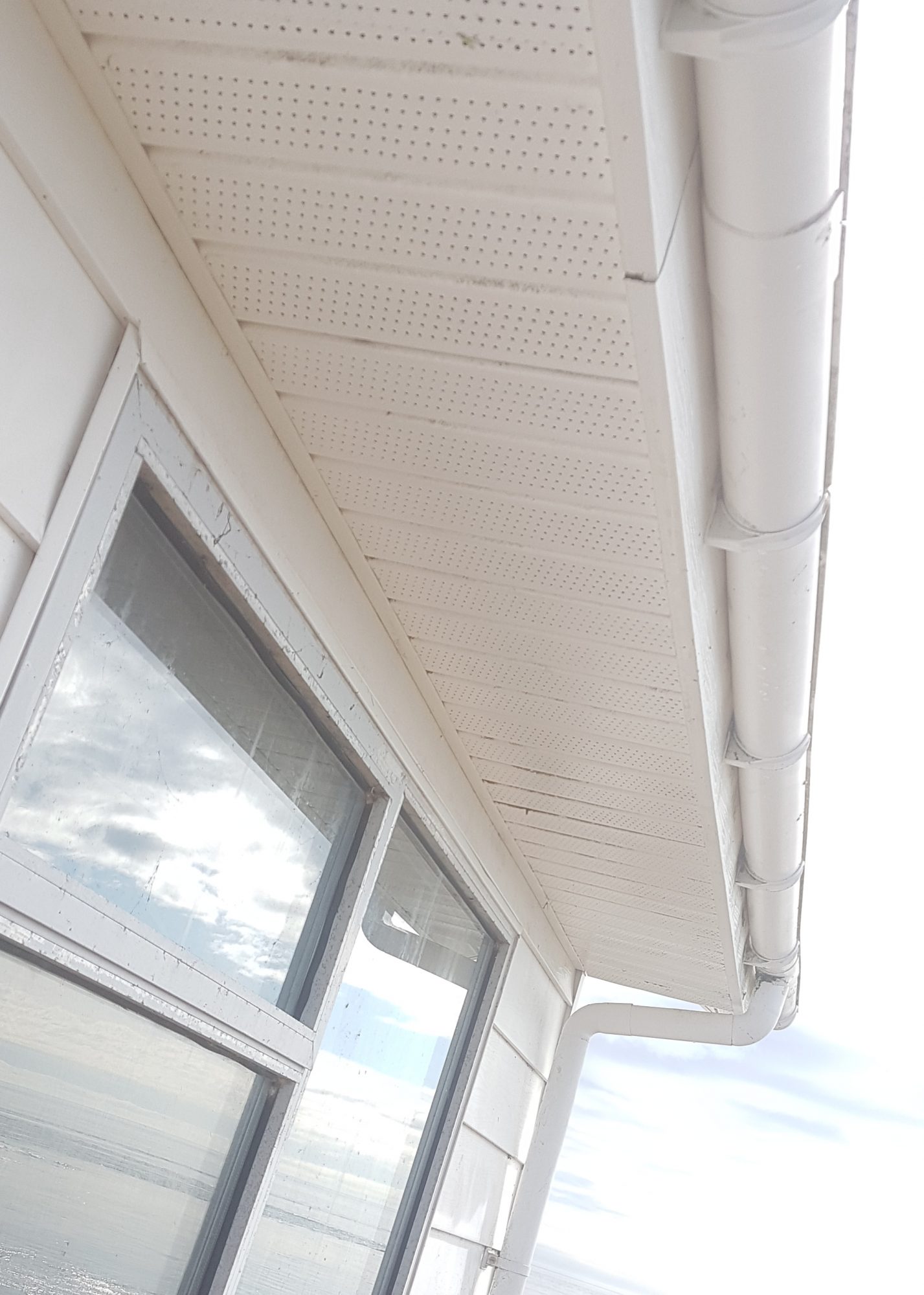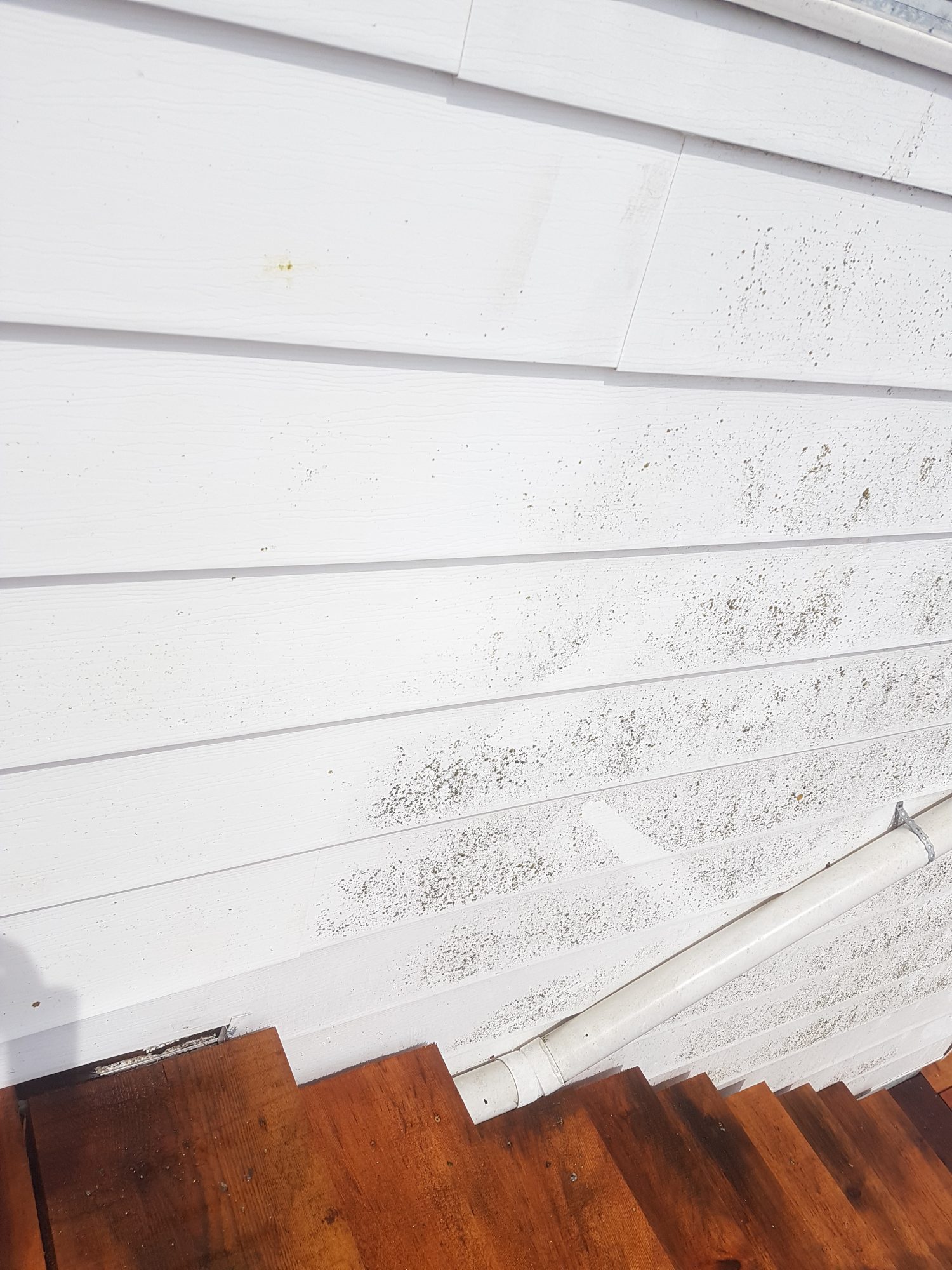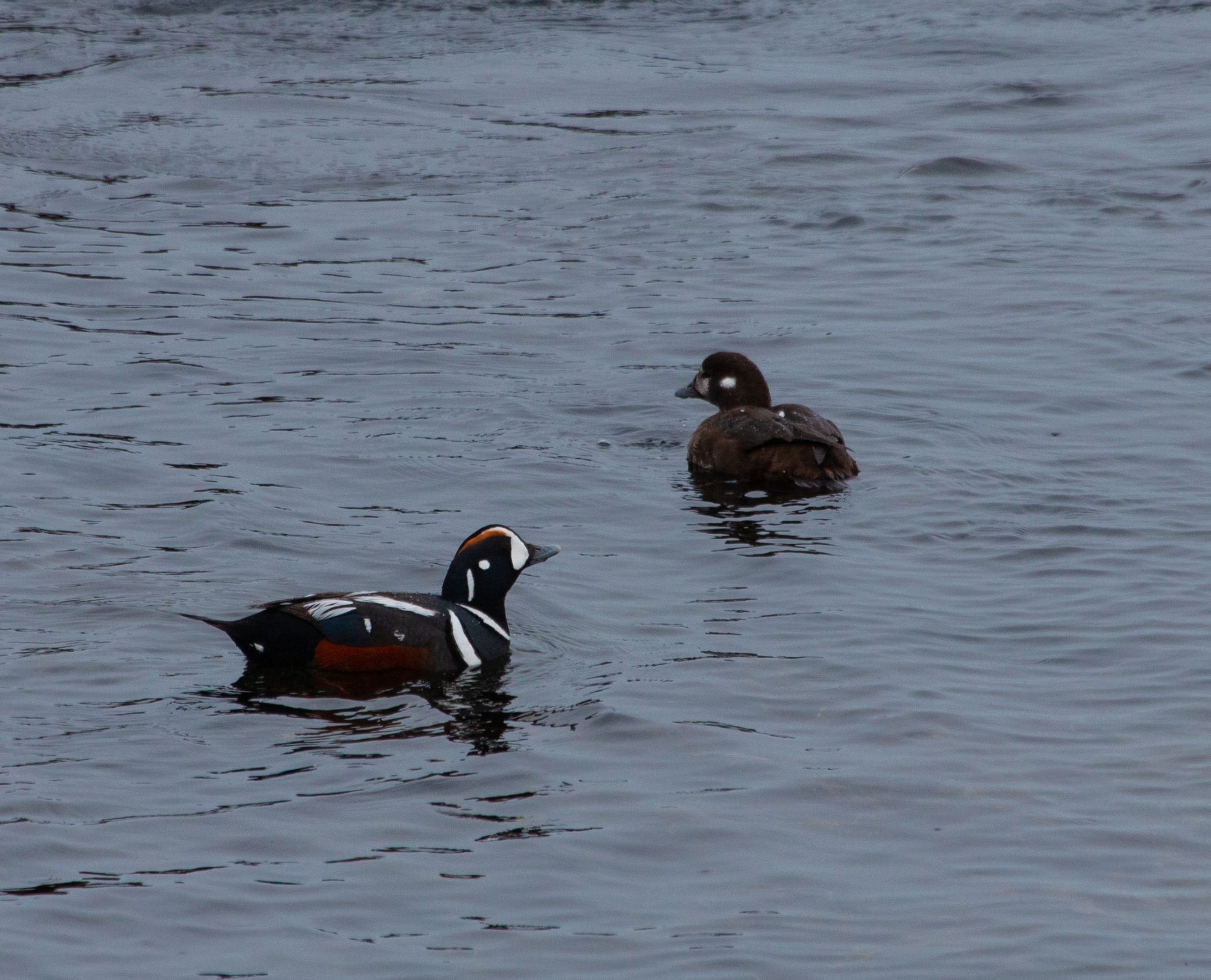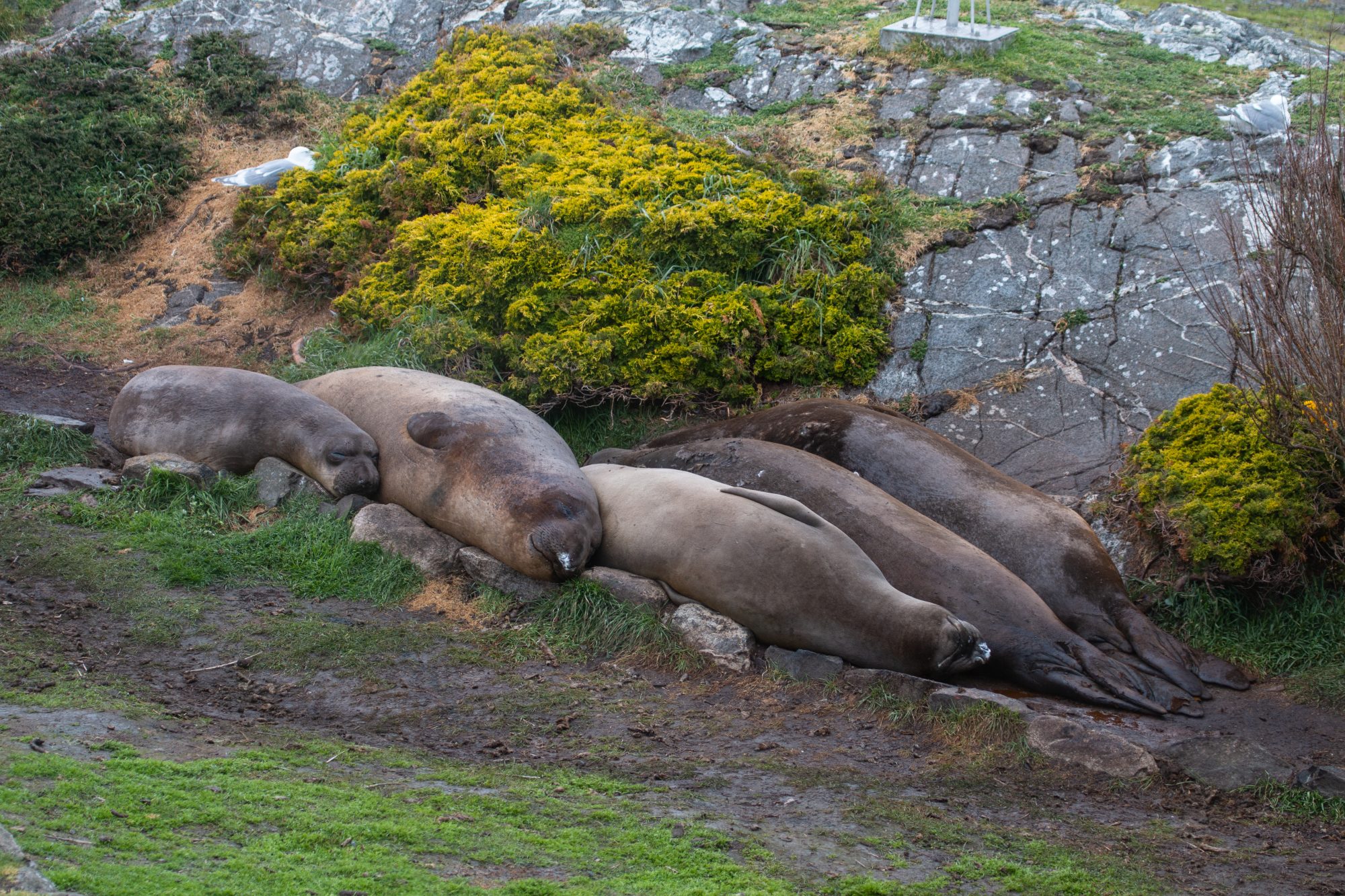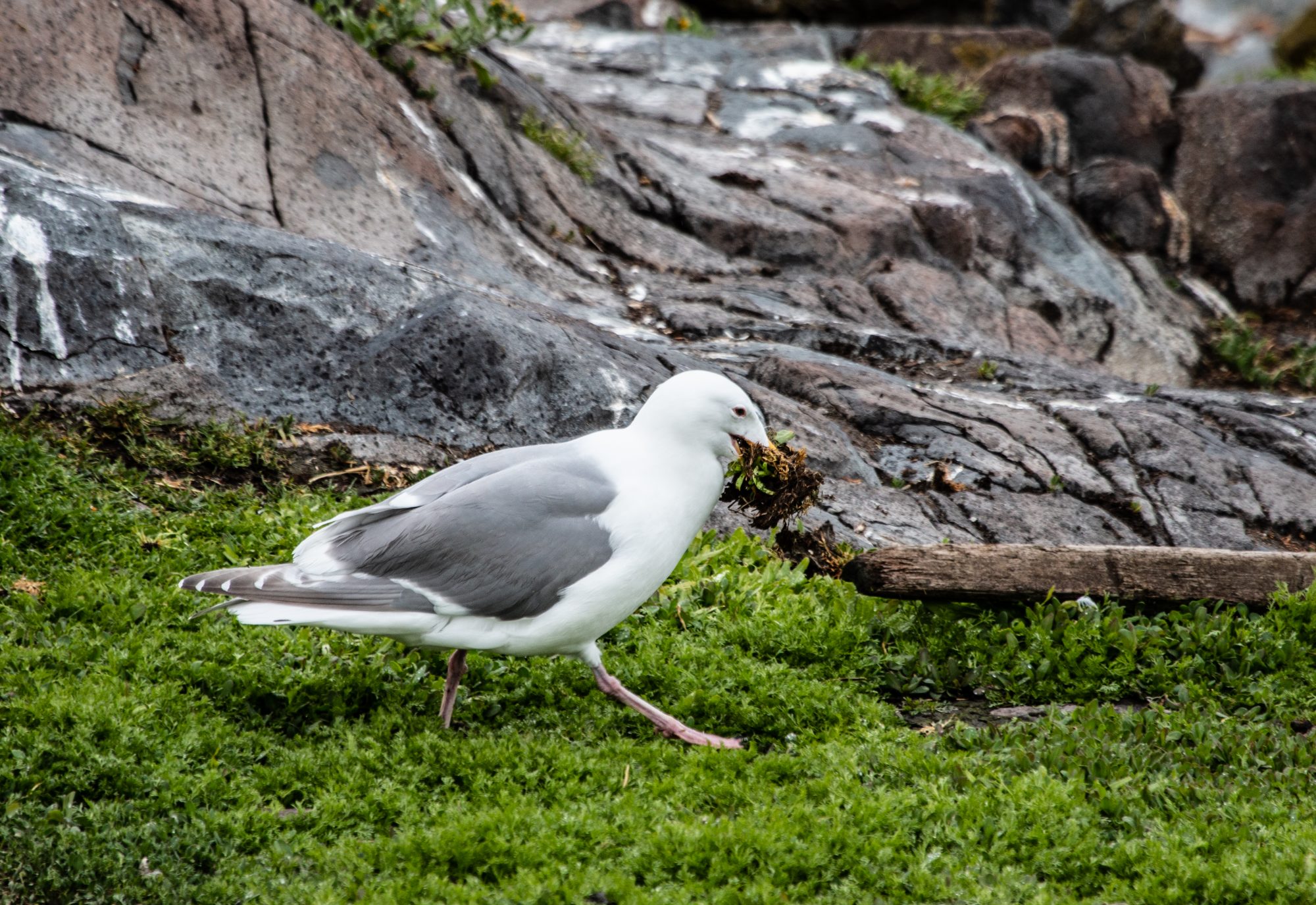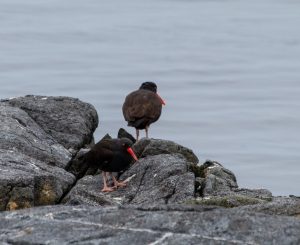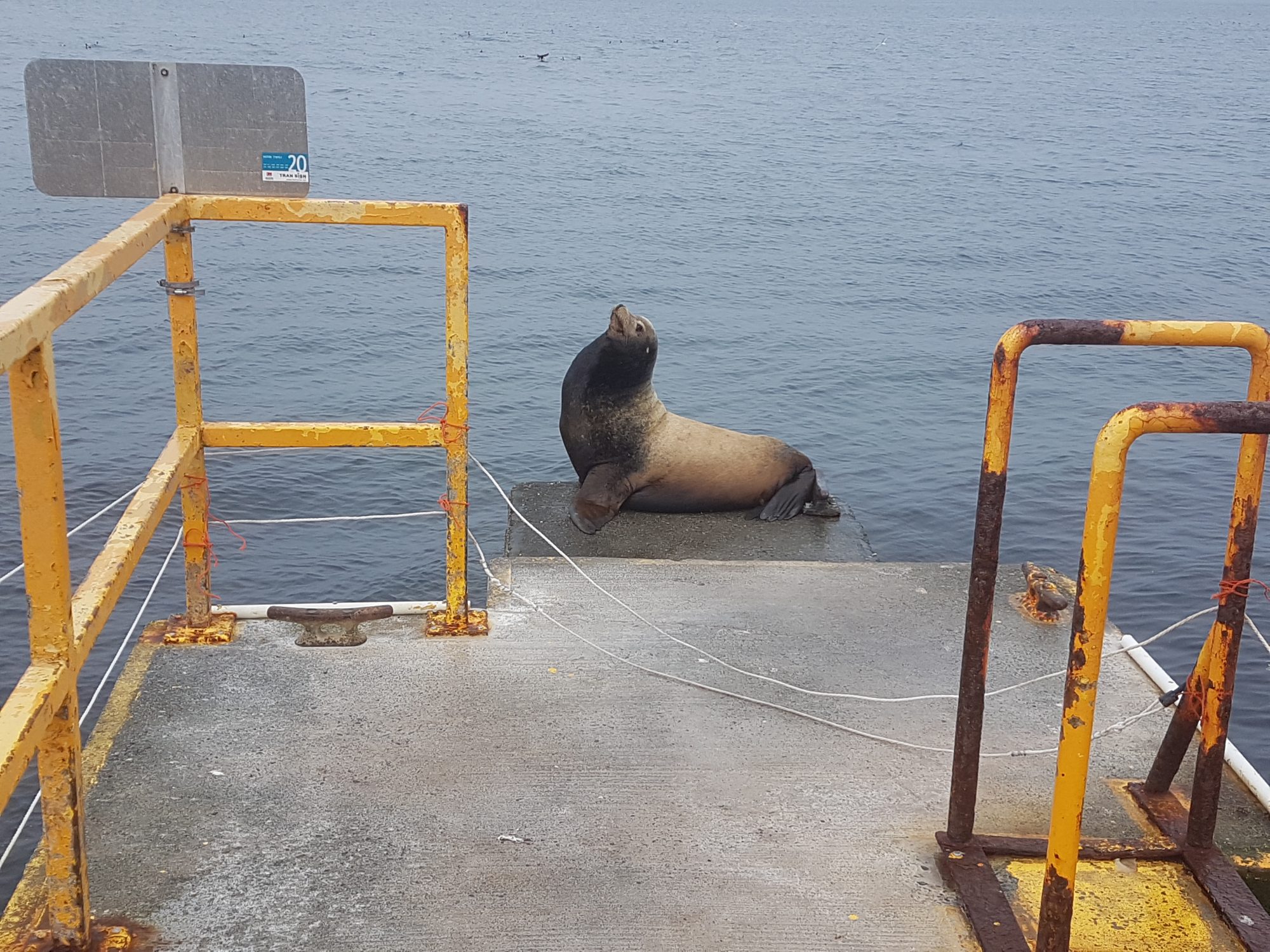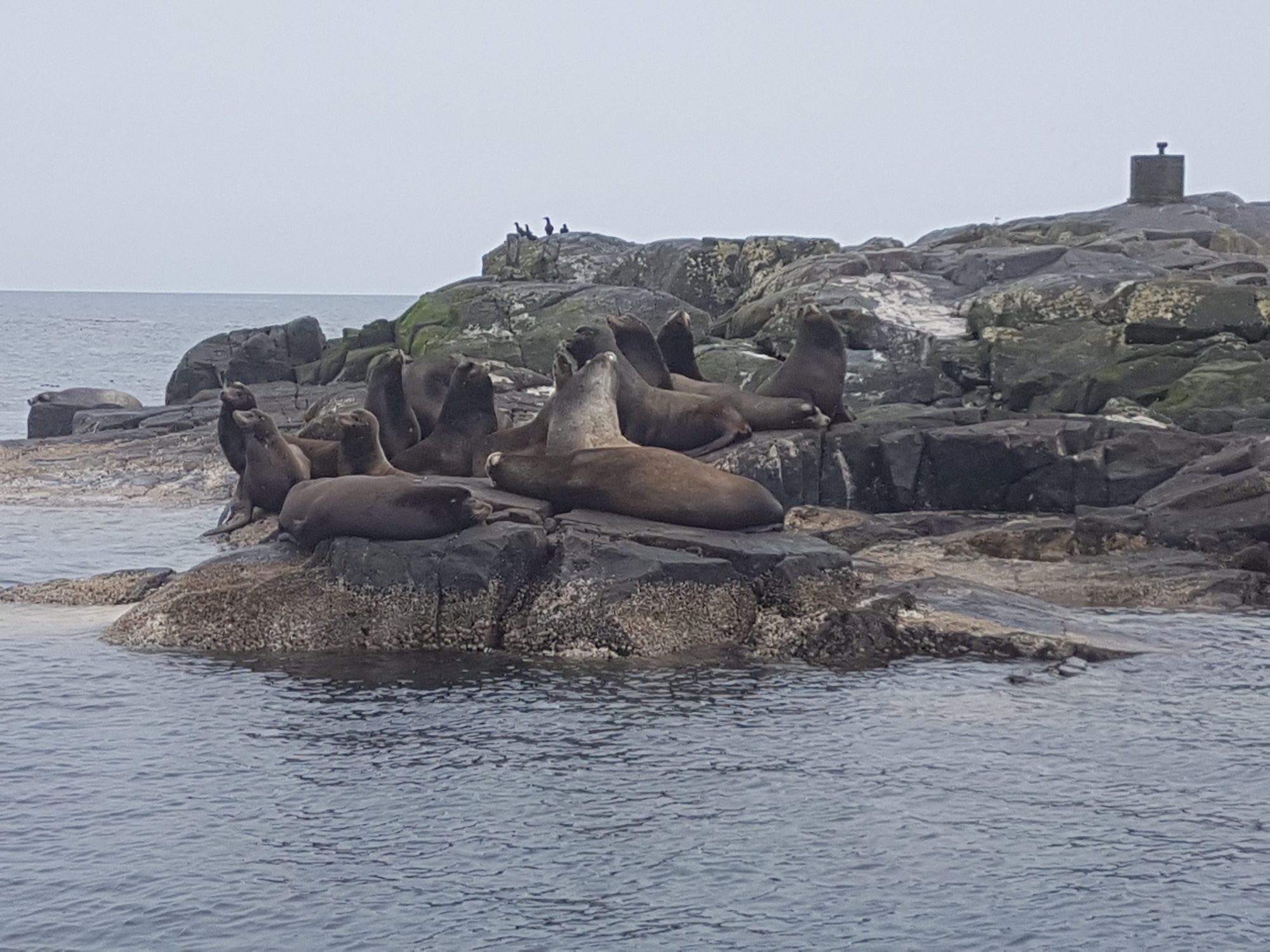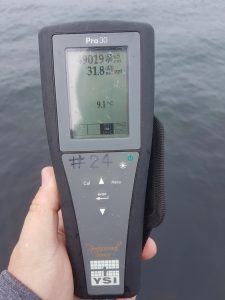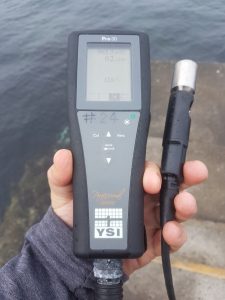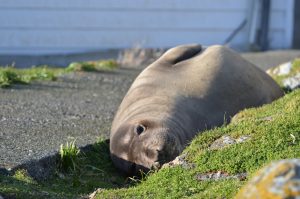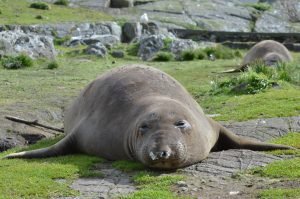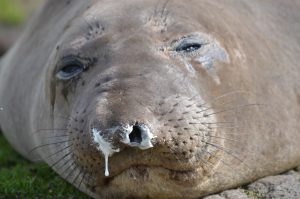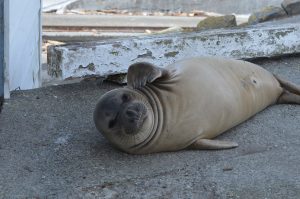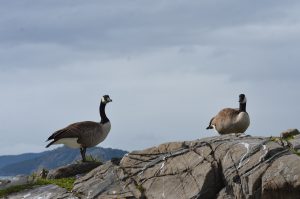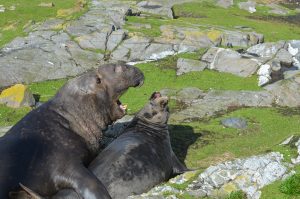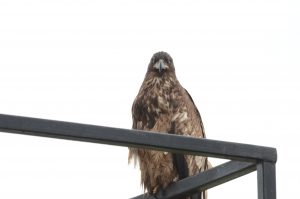Ecological Notes:
- 6 female Elephant Seals, 2 “pups”
- Lots of time in the water, staying close to the ramp
- 2 Canada Goose nests lost all their eggs to other birds, they are extra aggressive now!
Visitors:
- Shorefront Manager, food and de-ionized water delivery
Facility Work:
- Fine Tuning Deck work
- Pressure washing until rain water storage was dry
DND events:
- 4 Detonations YESTERDAY (Wednesday April 28) …… noted animal anxious startled, especially those in the water
Weather Events:
- Mostly sunny, some light overcast. Light westerly winds
Weather – Current:
http://www.victoriaweather.ca/current.php?id=72
Weather – Past:

